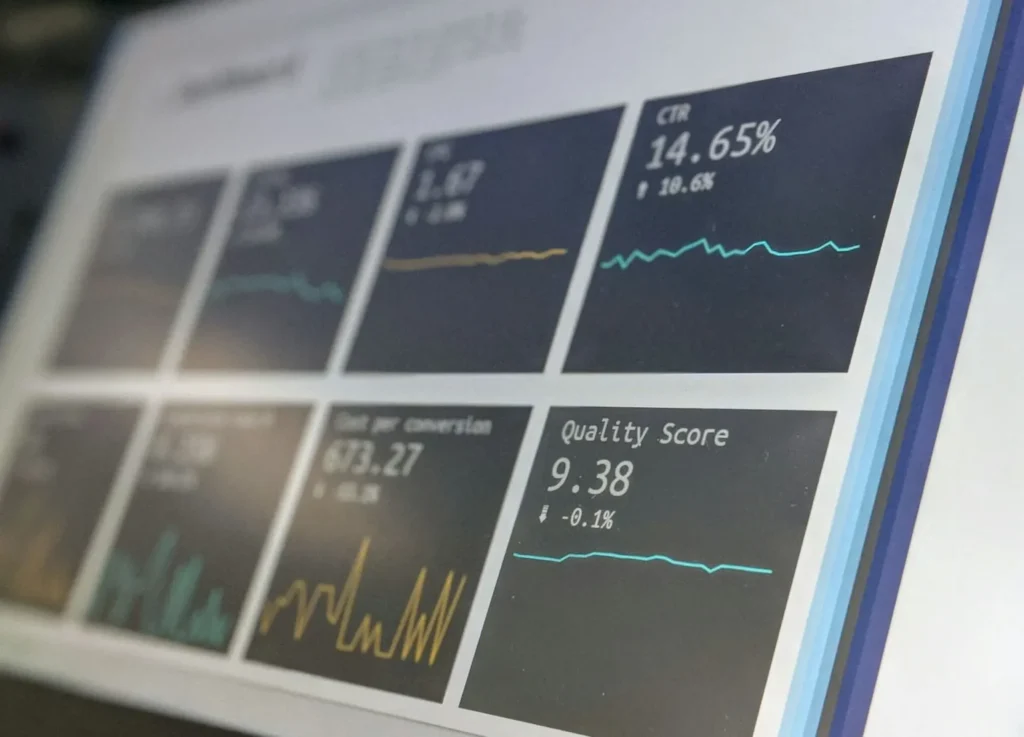Turning a curious browser into a committed buyer has never been more challenging. Today, the fast-moving market spaces lead to drawn-out sales cycles that drain energy and leave teams discouraged while opportunities slip away.
The encouraging news? AI sales automation is no longer an experiment reserved for tech giants. It’s available and practical, and with the right application, can steadily transform how organizations move prospects from interest to purchase.
The value isn’t in the technology alone but in how it’s applied. Used thoughtfully, artificial intelligence in sales and marketing tailors outreach with precision and maintains engagement without expecting your staff to work late nights or weekends.
When implemented well, AI stops being a flashy gadget and instead becomes a reliable partner: one that’s always “on,” tracking signals and prompting the right action at the right time.
In this article, we’ll explore how to integrate AI seamlessly into your marketing and sales funnels, allowing deals to progress more smoothly and enabling your team to focus on meaningful, high-impact conversations rather than repetitive administrative tasks.
Why Speed Matters in Modern Sales

Technology moves at a dizzying pace, and so do your prospects. These days, people expect quick answers, sometimes almost instantly. According to Help Scout, up to 90% of customers expect an almost immediate response in regards to customer service.
This means that if your team takes too long to respond, the risk is clear: another company will step in and capture their attention.
The tough truth is that no sales or marketing team can realistically keep up with that level of demand without running themselves into the ground. That’s why AI in marketing and sales is such a game-changer, and the collaboration of AI and humans is what fortifies companies for sustainable success both now and in the future.
Smart systems can watch how leads behave in real time. With this information, they can then deliver the right message at the perfect moment and even anticipate which prospects are most likely to buy. Ai sales automation turns efficiency into precision timing and shortens your sales cycle without compromising quality.
Mapping the AI-Powered Funnel
Before you automate, you need a clear picture of your sales funnel, starting from the lead capture through the nurturing phase and into conversion. AI thrives when it has a structure to operate within.
Here’s how different stages can benefit from targeted automation:
1. Lead Capture and Qualification
AI takes the heavy lifting out of lead management by sorting and scoring prospects based on behavior, demographics and how engaged they are. Instead of wasting hours digging through spreadsheets, your team can begin the day with a focused list of the people most likely to convert.
Example: a chatbot on your website that doesn’t just collect email addresses but holds a conversation. It asks thoughtful, relevant questions and learns from the responses. It then hands your sales team a detailed profile of a qualified lead, ready for a meaningful follow-up.
2. Nurturing and Engagement
Personalization at scale used to feel impossible, but AI has made it part of everyday sales and marketing. Instead of blasting the same message to everyone, AI can shape emails, social media posts, blog content, and offers around where each person is in their journey (and what they actually care about).
Example: a prospect downloads a case study. Rather than stopping there, the system automatically sends a thoughtful follow-up, like an invite to a webinar that dives deeper or a demo that speaks to their exact challenge.
3. Conversion and Follow-Up
Once a lead shows high buying intent, AI can suggest the best outreach method based on historical data. It might flag that a phone call closes deals 20% faster for certain industries or that sending a proposal within 24 hours of a demo increases conversions.
Example: Post-sale, AI can schedule automated check-ins to maintain the relationship, setting the stage for upsells and referrals.
The Perfect Closing Team
AI sales automation is like having an assistant who never sleeps. They happily handle the boring bits, like sorting data and sending routine nudges, so your team is free to do the things no machine can, like fostering genuine connection and bringing the kind of creative spark that wins trust.
It’s kind of like being in a tag team. AI points to the perfect moment to call, but it’s your rep’s empathy and insight that turn a maybe into a yes. This results in a smoother sales cycle that feels less like chasing leads and more like having the right conversation at exactly the right time.
Avoiding the “Automation Overload” Trap
It’s tempting to let AI run wild. Suddenly, you may find that it’s automating every message and email in your sales funnel. And while there are benefits to this, too much automation can make your outreach feel robotic, leaving prospects with the sense they’re just another line in a spreadsheet. Once that trust disappears, it’s a long climb back.
There will be many AI adoption barriers in the beginning. The trick here is balance. Start by auditing every touchpoint with real intention. Read your emails and chatbot scripts and ask: “Would I respond to this if it came from a human?” Even the smartest AI can slip into a tone that feels cold over time.
Next, sprinkle in human check-ins at critical moments. A proposal or a big milestone deserves a personal call or a video note. These moments remind prospects they’re dealing with real people who care.
Finally, don’t just track clicks. Track real engagement. High open rates mean little if they don’t lead to conversations or at least a meeting. The goal is meaningful next steps, not vanity metrics.
The magic of automation isn’t replacing humans but giving them space to do what only humans can: build relationships and turn interest into genuine connection. When AI and humans work in tandem, your sales funnel stays efficient and unmistakably human.
Tools That Deliver Measurable Impact
Not all AI platforms are created equal, and the wrong choice can create more headaches than wins. The best tools do more than just “automate” but give you real intelligence you can act on.
When evaluating options, focus on capabilities that directly align with your AI sales funnel goals.
Here are some examples:
- Behavior Tracking and Lead Scoring
AI tools can go far beyond basic form-fill data. The strongest platforms analyze click patterns, time spent on pages, email opens, and even sentiment in chat interactions. This allows your system to assign real-time scores that tell sales exactly where to focus energy. No more chasing leads that will never convert. - Dynamic Content Personalization
A truly effective AI marketing funnel doesn’t just send the same email to everyone. Look for tools that adjust subject lines, body copy, CTAs, and even imagery based on a prospect’s industry and preferences. This level of personalization can double or triple engagement rates, and it happens automatically at scale. - Predictive Analytics for Deal Forecasting
Some AI tools can spot patterns in your pipeline that even experienced reps might miss. By analyzing historical online data like close rates and buyer activity, predictive analytics can flag which prospects are likely to sign soon and which may need more nurturing. This prevents wasted effort and accelerates decision-making.
Integration is equally critical. The most powerful tools plug directly into your CRM and marketing automation systems, creating a single, cohesive workflow. That means no more copy-pasting data between platforms, no risk of duplicate contacts, and no blind spots in the customer journey.
Investing in tools with these capabilities ensures that every step is intentional and measurable.

A Faster First Click to Closed Deal
When you use AI thoughtfully, your sales and marketing funnel stops being a static path and starts feeling like a responsive, intelligent system. Leads get nurtured at just the right moments, and sales conversations ignite when interest is at its peak. No more letting opportunities slip through the cracks because someone was buried in a spreadsheet.
But it’s not just about speed. Every interaction, from that very first click to the final handshake, feels relevant and personal. In a world where buyers are bombarded with options, creating that kind of seamless, attentive experience is what makes you stand out and keeps prospects moving toward a “yes.”
AI Sales Automation At Your Fingertips
AI in marketing and sales isn’t about replacing your people; it’s about amplifying them. By removing bottlenecks and accelerating the right actions, an AI sales funnel keeps momentum high and prospects engaged without sacrificing quality.
The future of closing more deals is all about giving them a smarter system to work with, one where AI sales automation handles the predictable so your people can focus on the exceptional.
Ready to hop on board and streamline your systems for greater business success? Raj Goodman can help. Contact him today to learn more.
Recent Posts
-
November 28, 2025
-
October 15, 2025
-
September 17, 2025







